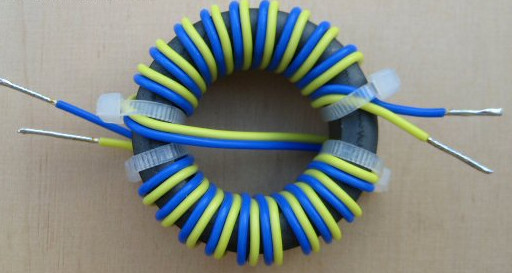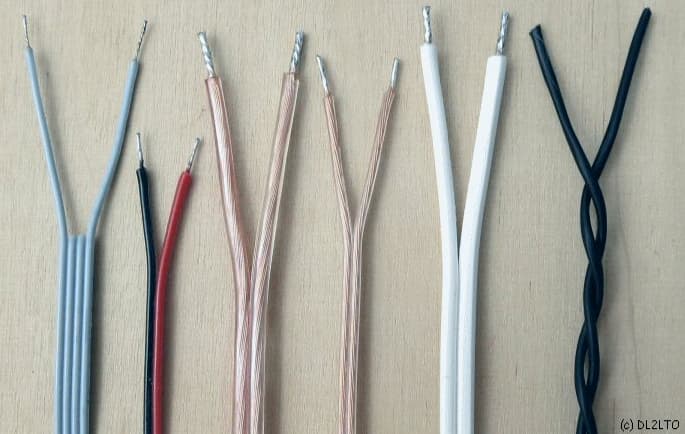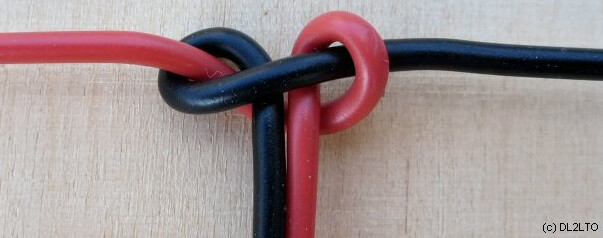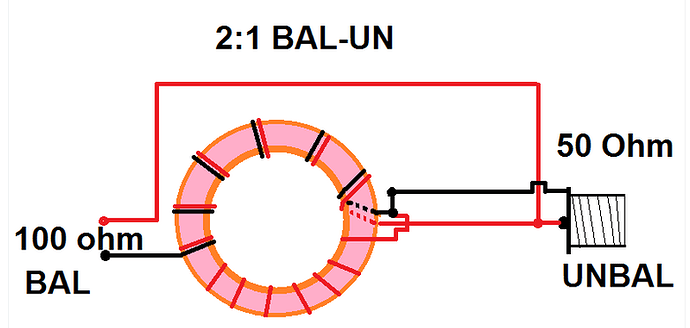The answer is: anything! What do you have?
From modeling dipoles at HF, any wire >26awg bare copper will have negligible loss. I use 24awg stranded wire from ethernet cable. At this thickness, bare copper is better than tinned wire**.
After that it is a mechanical and weight issue.
Any coax will take 100W at HF: Tiny RG178, RG174.
The choice is determined by:
- How critical is weight?
- What is your highest frequency, and therefore the loss. (1dB is OK)
- What do you have on hand or can you scab off a mate?
1st choice is what you have.
For HF my basic choice would be RG174, it’s light and loss is OK.
If you want longer runs, or are going to use it for 2m or 70cm, or weight is just not that critical, then some RG58 size foam coax is ideal. It’s lighter than solid, and bit lower loss.
(btw I just use 75ohm foam coax as I have it, and it works just fine)
(Oh, if anyone has a source of foam RG174, do tell)
So if you are using 80m-15m primarily, Lets say 7m of coax for a 5m pole.
RG178 has 5.6dB/30m@10M. = 1.3dB@10M, 2.45dB@50MHz This is a bit high, but RG178 will be OK for a 3m coax going to an end-fed.
RG174 3.3dB@30m@10M. = 0.77dB@10M, 1.5dB@50M
This is OK to 30MHz and serviceable at 6m
Consider a twisted pair from inside and ethernet cable. It is low loss, super light - you will put the balun at the bottom of the pole. If you are using an antenna tuner, the fact it is 100ohms will get taken care of by the tuner. If not, do trim the antenna using the actual feedline you will use in the field.
Teflon and polyethylene have the same loss. Teflon can take bigger powers as it can get hotter, but doesn’t matter at 100W HF. It is also much easier to solder tiny teflon. If you are crimping, it doesn’t matter. Foam coax has lower loss because the centre conductor has to be bigger. It is also - look it up only , the powers are huge at HF. Solid centre conductor and foil shield have lower losses, but that’s an issue for UHF.
** Perhaps. Tin is very lossy, but I didn’t find any data for how thick the plating is so perhaps it is lossy, or perhaps it is too thin to matter.





